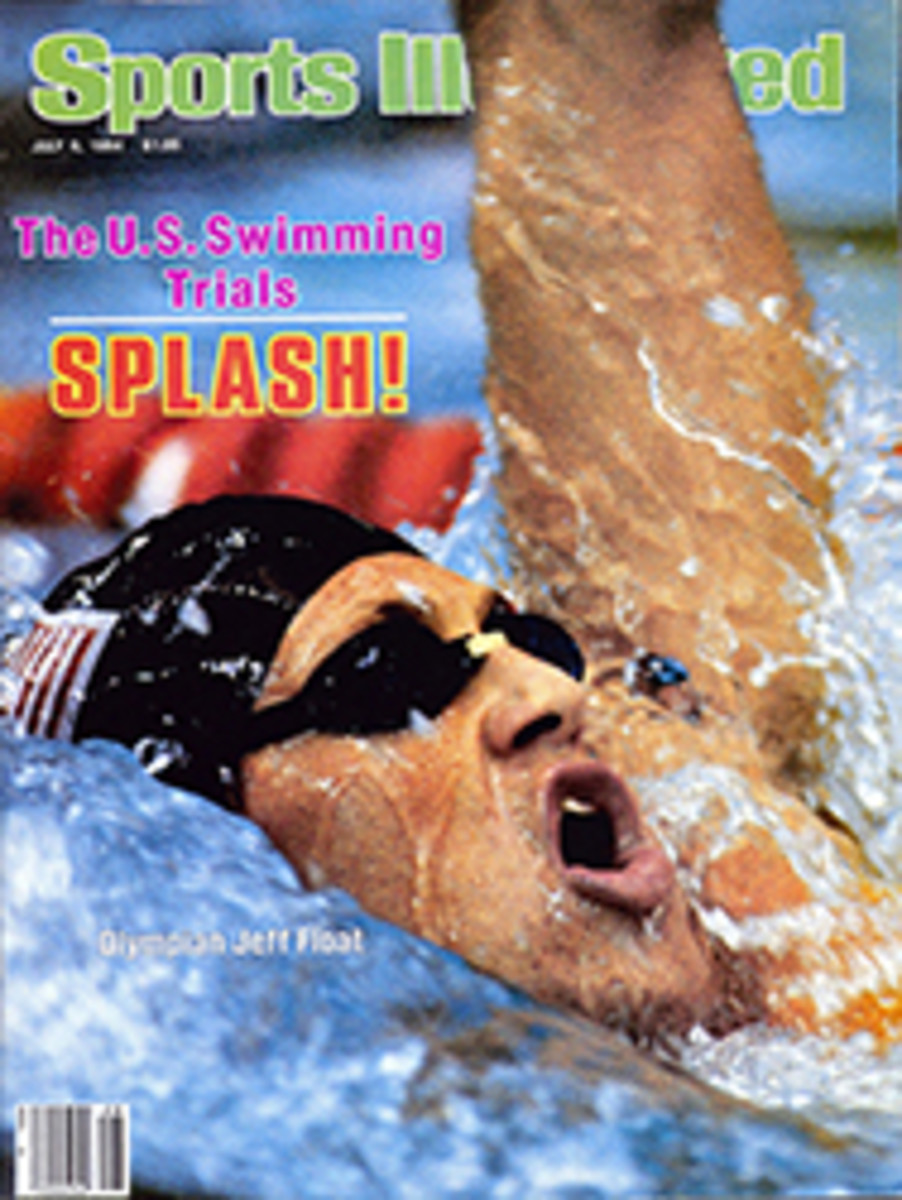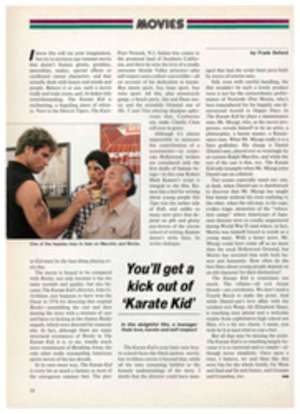
MARKETING THE OLYMPICS: ATHLETES AREN'T THE ONLY ONES OUT FOR GOLD
The merchandising of the Olympics reached fever pitch in 1980 at Lake Placid, where no fewer than 381 sponsors signed on for the Winter Games. At Placid, there was a jumble of "official" products ranging from a deodorant to yogurt. Unfortunately, there also were a number of conflicts, or "overlaps," within the various product categories; for example, Schlitz, as the official domestic beer, had to compete for the consumer with the official imported beer, Kirin. Convinced that sponsor clutter had diluted consumer impact at Lake Placid, agents for the '84 Sarajevo Olympics approved only 23 official sponsors.
Once upon a time, the Los Angeles Olympic Organizing Committee had a similar policy. As its president, Peter Ueberroth, told SI (Nov. 15, 1982), "The Olympics is a special international event, not a honky-tonk carnival. We're not going to have an official doughnut. No official hair spray or gumdrops." The idea was to restrict the number of participating corporations, screen their products for suitability and provide each with a "window of exclusivity."
But the fact is, the first two of these goals have been approached only halfheartedly. With corporate interest high, the LAOOC has thus far accepted 30 official sponsors. An additional 55 "licensees" ensure that Ueberroth's "Spartan" Games will leave a Lake Placid-like legacy. Olympianalia available in L.A. will include beach towels and candy bars, credit cards and helicopters, roses and trash-can liners and a motor oil. As for Ueberroth's hair-spray pledge of two years ago, well, Vidal Sassoon is now the official hair-product supplier of the 1984 Summer Games in Los Angeles.
In regard to the third goal, product exclusivity, the LAOOC's efforts have been undermined by the policy that permits the U.S. Olympic Committee and the many national teams to arrange their own independent sponsorships. These sponsorships often conflict with LAOOC choices. Anheuser-Busch is an official sponsor of the L.A. Games, for example, and Fuji Photo the official manufacturer of film products. Yet Miller Brewing Co. and Kodak can, and do, invoke the Olympics and their symbols in their advertising, Miller because it supports the USOC's two training centers, Kodak because it is an official sponsor of the U.S. Olympic Team.
There is a related conflict in the matter of ABC's new logo, which incorporates the Los Angeles star in motion and a not so subtle allusion to the Olympic rings. The logo is available to many corporations that will advertise on the network's Olympic telecasts. Thus, Nissan (Datsun) is using the composite symbol in its TV ad campaign this summer, while Buick, the official LAOOC designate (but symbolically not much better off) is fuming.
Citing this confusion, the International Olympic Committee last year commissioned a Swiss sports marketing firm, International Sports, Culture and Leisure Marketing (ISL), to develop a worldwide Olympic marketing program that would work, according to an ISL executive, "to the benefit of all...by bringing together Seoul [the site of the 1988 Summer Games] with the 150 Olympic committees." Informed observers contend that the IOC's intent is to assert its rights to the Olympic rings and the royalties connected to them, and to force the national Olympic committees to coordinate any marketing contracts involving the rings with the IOC and its agent, ISL. That would eliminate the overlapping that currently plagues the Games, but it would also take money away from the wealthier national Olympic committees, e.g., the USOC, and direct it to the world body—and thence, presumably, to underfunded national committees.
American agencies are nonplussed because ISL is half owned by Dentsu, the world's largest ad agency. The fear is that the Japanese multinational could establish a "closed shop," giving its own clients (including Honda, Canon, Seiko and Sony) first crack at Olympic sponsorships. Critics charge that's exactly what happened after ISL obtained the marketing rights for a series of international soccer matches. Still another conflict of interest: 25% of ISL is owned by Adidas. Would ISL permit Nike, say, to be the official shoe at Seoul?
The IOC realizes that corporate sponsorships are the lifeblood of future Olympics. In Lake Placid sponsorships sold for between $50,000 and $300,000; for L.A. this summer the minimum tab is $4 million. Coca-Cola paid nearly $14 million just to be the official soft drink. In all, more than one-quarter of the LAOOC's $497 million budget will come from sponsorships, substantially more than the original $116 million projection but still far short of the $225 million extracted from ABC for TV rights.
The trend is obvious. Until now, the IOC has existed on a core of U.S. TV money, but that pie-in-the-sky era may be over. Indeed, in light of the '84 Soviet-bloc boycott, U.S. networks now see Seoul collecting less than $500 million for American TV rights; six months ago Seoul's representatives were anticipating a $1 billion windfall. However, if the ISL strategy works, corporate sponsorships could bring the IOC several hundred million dollars in the next quadrennium. Indeed, corporate marketing seems to be the IOC's financial future.
The danger in overdoing the corporate connection is clear, however. Says John MacAloon, a University of Chicago anthropologist with a special interest in sports in society, "You risk turning great performances, great emotional drama, into ad jargon. If you 'Go for the gold' too often, you create the impression that the Olympics—the ritual itself—is a commodity, that it, too, can be bought."
ILLUSTRATION
ED RENFRO

